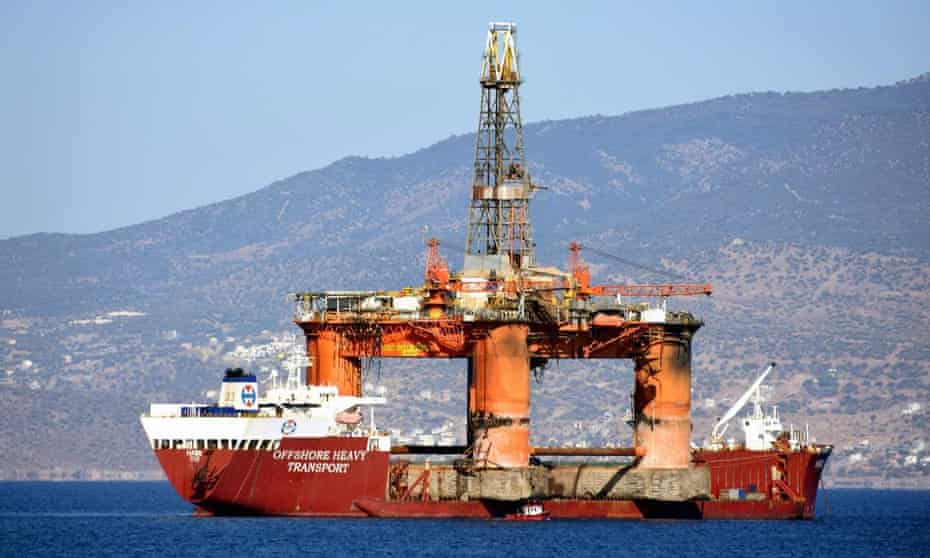The Of Tecop Drilling Rigs Cranes for Sale and Rent

oilrigsnow.com /wp-content/uploads/2015/04/DSJ-300.png" alt="Q&A: What Are The Chances Of Offshore Oil And Gas Drilling In The Northwest? - OPB"/>How Do Average Costs Compare Among Various Oil Drilling Rigs?

A historic oil platform off Santa Barbara turns into a rusty ghost ship - Los Angeles Times
How Oil and petroleum products explained Offshore oil and gas - EIA can Save You Time, Stress, and Money.

and time required to construct a wooden platform to support all or some of the offshore-type rig. The very first MODU The very first genuinely offshore MODU was the Mr. Charlie, developed and built from scratch by Ocean Drilling and Expedition Co.(ODECO), headed by its innovator and president,"Doc "Alden J. Laborde. The Mr. Charlie (Fig. 2)was a purpose-built submersible barge built specifically to float on its lower hull to area and, in a sequence of flooding the stern down, wound up resting on the bottom to start drilling operations. Charlie went to its very first area in June 1954, Life publication wrote about the novel brand-new idea to check out for oil and gas offshore. The Mr. Charlie, rated for 40-ft water depth, set the tone for how most Methods were developed in the Gulf of Mexico (GOM). Generally, a creator secured investors, in this case Murphy Oil, and after that found a customer with an agreement to drill for, in this case Shell Oil, enabling bank loans to be acquired to develop the unit. Rigs were installed on surplus World War II ship hulls customized to drill in a drifting position compared with sitting a submersible barge on the ocean bottom, as performed in the GOM. Oil business formed partnerships or continued individually, but Methods were not created and constructed by agreement drilling business in California. Prior to the leasing of oil and gas rights in 1955, oil companies cored with little rigs cantilevered over the side midship of old World War II barges. These barges did not have well-control devices or the capability to run a casing program. They might just drill to a designated core depth with the understanding that if they drilled into any oil and/or gas sands, they would stop, set a cement plug, and take out of the core hole. Others followed rapidly, with all of them concerned about the marine environment and technology to allow drilling in rough weather. In 1956, the CUSS 1 was built from another World War II barge. The system, developed by the CUSS group(Continental, Union, Shell, and Superior Oil), was 260 feet long and had a 48-ft beam. The initial designers had no examples or experiences to go by, so novelty and innovation were the course of the day: Torque converters on the drawworks were.
